VI annual hackathon JetBrains: Shiftius Altius Ctrlius
Faster. Above. Stronger.
At the end of June, the 6th hackathon was held at JetBrains, for which we chose the theme of the Olympic Games.
- Hackathon started on Wednesday June 27 at 12:00 and lasted 48 hours.
- The last commit is no later than noon on Friday, June 29th. By this time, it was also necessary to provide the organizing committee with 5-minute project presentations.
- Presentations started an hour later at 13:00.
- Every employee of JetBrains could vote for their favorite projects.
- Winners received prizes.

On your marks! Attention! March!
After the announcement of the hackathon date, the authors of the ideas had a few weeks to form teams. As a result, 125 participants presented 54 project ideas. This is 25% more than last year.
At the registration, each participant received the necessary equipment and equipment for the two-day marathon: a T-shirt, a toothbrush, sports drinks, energy bars, badges and stickers.
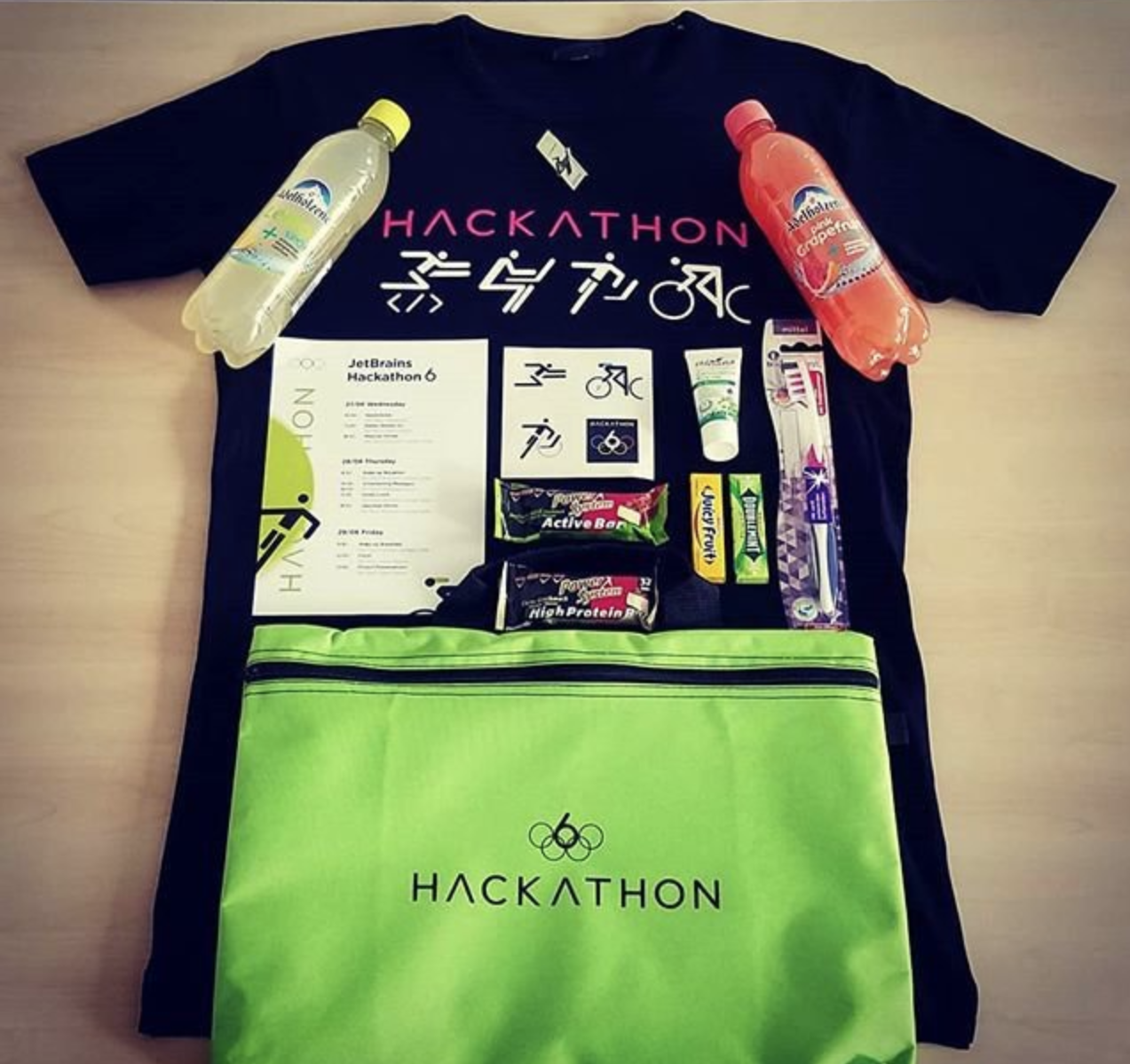
48 projects started. The competitive spirit was supported by dishes of Mexican, Greek and Japanese cuisine.
Projects
39 projects reached the finish line. Weak rivals at this stage simply did not remain. Here are some projects of this hackathon, which were close to becoming winners.
dotMemory VR
This project made it possible to look into your code and see what memory is consumed. Wear VR glasses and go on a 3D journey through the waves of your memory. Analyze the graph of memory usage in virtual reality based on dotMemory snapshots and Windows memory dumps.

TUNA (Terrific Unified Notification Apparatus)
When the IDE is busy with a long process, and you decide to distract yourself to an urgent matter of saving the world, it is important to return on time. TUNA is a plugin for IntelliJ IDEA and Slackbot that will send you a notification as soon as some lengthy process in the IDE (for example, building indexes, checkout or running tests) is completed.

Emotional intelligence for IntelliJ
Using face recognition and gaze tracking to determine emotional state, Emotional intelligence reads and translates users' emotions while working with the IDE in real time. It becomes clear that it upsets the user, to which he is happy, that he is surprised, scared or annoying. And the creators of the application read the emotions of the audience right during the presentation of the hackathon projects - what the audience thought about each of them was clear without words.

Typo-aware code completion for IntelliJ
Who makes no typos in the code? Maxim Medvedev, for example, does. Auto-completion is the most frequently used function: since 2013, Maxim has used it 175,725 times. Now she recognizes some kinds of typos. If you typed a letter in the wrong case, mixed up the letters in places, or missed a character, auto-completion will still offer what you need.

Let's get acquainted with the winners.
Choosing a CEO
JetBrains is growing, and we face new challenges associated with the expansion of the company. Associated with this are the projects selected this year by Maxim Shafirov, CEO of JetBrains.
Selection of CEO number 1
The more our team becomes, the more difficult it is to find out new colleagues and compare nicknames in chat rooms with real people who work in the next room. JetBrains found an exciting and exciting way to solve this problem.
The HTF (How To Find) app
Natalya Mashyanova, Maxim Mazin, Elizaveta Semakova, Anastasia Berezinskaya, Andrei Skladchikov, Oleg Bakhirev, Ekaterina Zaikina The
user is invited to play the game and guess who is who. Photos and information from the welcome letters help to recognize colleagues from different cities. In addition, questions and answers are broadcast on television screens in our offices.

Selection of CEO number 2
When adding new features to our products and with some other changes in the code, additional cleanings and refactoring are often required. Sometimes this leads to total confusion in the history of changes, and the main change is lost among other updates.
Commit Cleaner
Kirill Lihodedov
Kirill Lihodedov proposed a simple solution: record automatic refactorings of IntelliJ IDEA, separate them from manual operations with code, and break one commit into several. Some important commits require a review, while others are just automatic actions, the correctness of which is confirmed by the IDE mechanisms.
People's Choice Award
How we count points on the hackathon: each voter can give preference to three projects, and these points are summed up in the framework of the main contest, and you can also like any solution you like. Here are the projects with the most likes.
Rocket Science
Dmitry Ivanov, Nikita Raba, Sergey Baltiysky, Sergey Karashevich, Artem Bukhonov, Leonid Stryuk, Semyon Atamas, Alexander Naumov, Leonid Skrobov
“Aim at the moon. Even if you miss, you will still remain among the stars ... Where you will drift aimlessly in the vast emptiness of space until you fall into the cold embrace of death. " Probably the way it is. And everyone in his heart wants to touch rocket science. The team of Dmitry Ivanov dared to aim a reusable rocket at the moon, the first stage of which is returning to the launch pad. In general, it is better to see once:
Justify my existence
Alexey Kudryavtsev
“What have I spent the whole day?” - these are the questions the developers ask regularly. You will never have to worry about this again, since the new plugin for IntelliJ IDEA will let you know what you have done today: how many bugs you fixed, what you launched in version control and how many builds you launched in TeamCity ... and how many of them fell. But the day was long, and surely you did something else. Now you can find out how many comments you left in the tracker and even what dishes are today for lunch.

Winners
This year the gap between second and third place was only two points. And we have two bronze medalists with the same number of points.
Third place
112.5 points
Internal Hiring Service
Maxim Manuilov, Oleg Rybak, Artem Tiunov, Vladislav Rassokhin
In JetBrains there is always the opportunity to try yourself in a new role. Want to change the project and take up the solution of new problems? Or maybe you are looking for a person in your team? We have a new service: internal vacancies are now displayed on the TV screens in our offices.
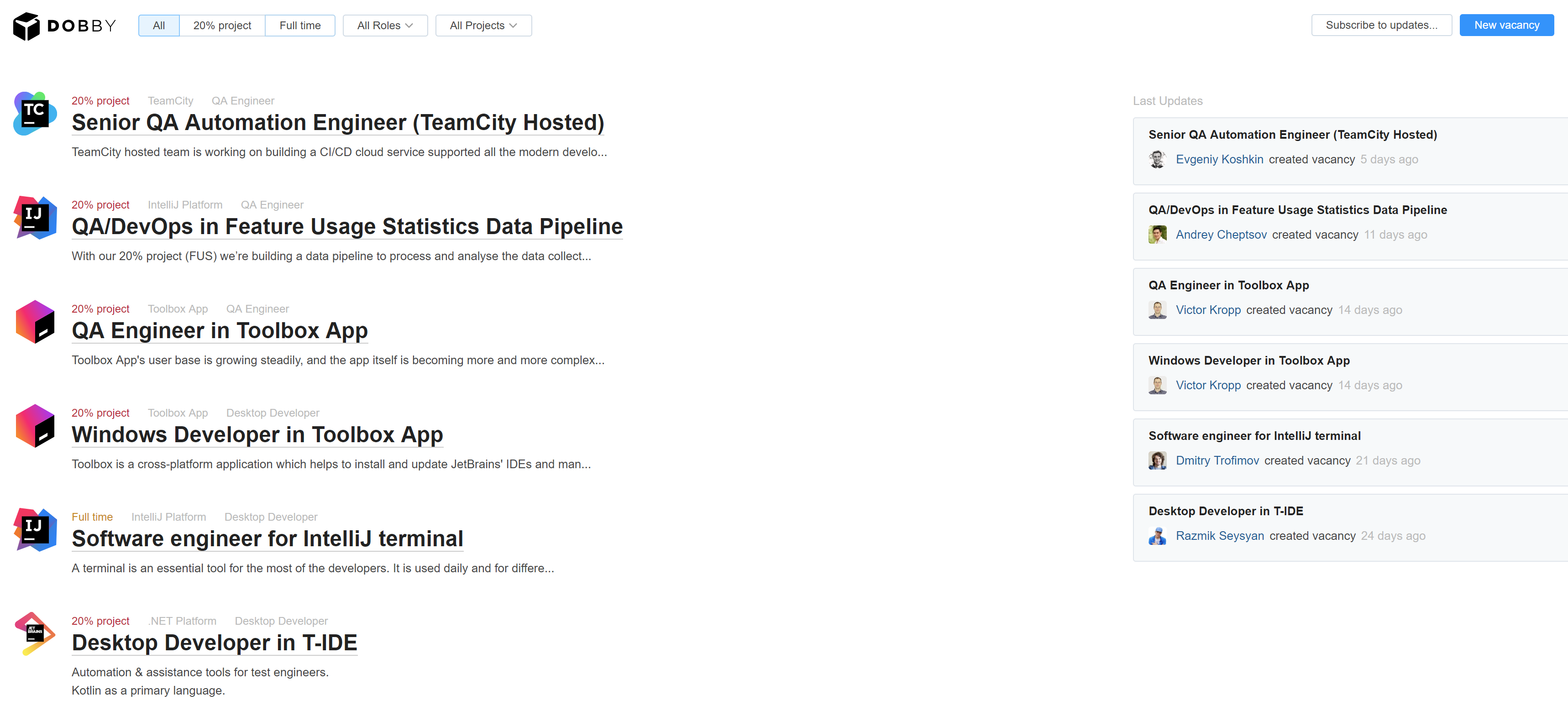
112.5 points
HTF app
Does the HTF have two awards? No wonder. In JetBrains everyone wants to be friends. Now there are no strangers here - only colleagues whom we have not yet met.

Second place
114.5 points
JetRoom
Olga Dikaya, Yekaterina Shlyakhovetskaya, Ivan Kuleshov, Sergo Golovachev, Roman Chernyatchik
The JetRoom project has improved our booking system for meeting rooms. Need to urgently call or hold an unplanned meeting with a colleague? Some negotiations are reserved for regular meetings, but what if nobody is going to a meeting today? Previously, it was impossible to know for sure about this, and with the help of JetRoom you can find a free room in a couple of seconds! The application displays unoccupied conversations on a computer or smartphone. Using a 3D printer, the team also created color indicators for rooms using motion sensors.
First place
The Suite of Sweet Writing
David Watson, Dmitry Zhemerov, Peter Gromov, Dmitry Trofimov
There are many text-checking tools that help avoid gross grammatical and spelling errors, but usually do not affect the stylistic aspects of the language. The creators of The Suite of Sweet Writing have teamed up to make a tool that not only knows how to correct grammatical errors, but helps to write better. The result was an application for English texts, which helps not to abuse the passive voice and negative formulations, use the Oxford comma and abbreviations correctly, adhere to gender neutrality - so the author of the text does not have to look in the stylistic reference book on these issues every time. Our IDE has so many functions for restructuring the code, so why not try to apply these features to the text? Of course, With natural language, the situation is not as simple as with the code - a formal language. Using NLP mechanisms to parse text, a syntax tree is created. Then, using the same refactorings and inspections that are used when writing the code, the team prepared a browser extension and a plugin for IntelliJ.
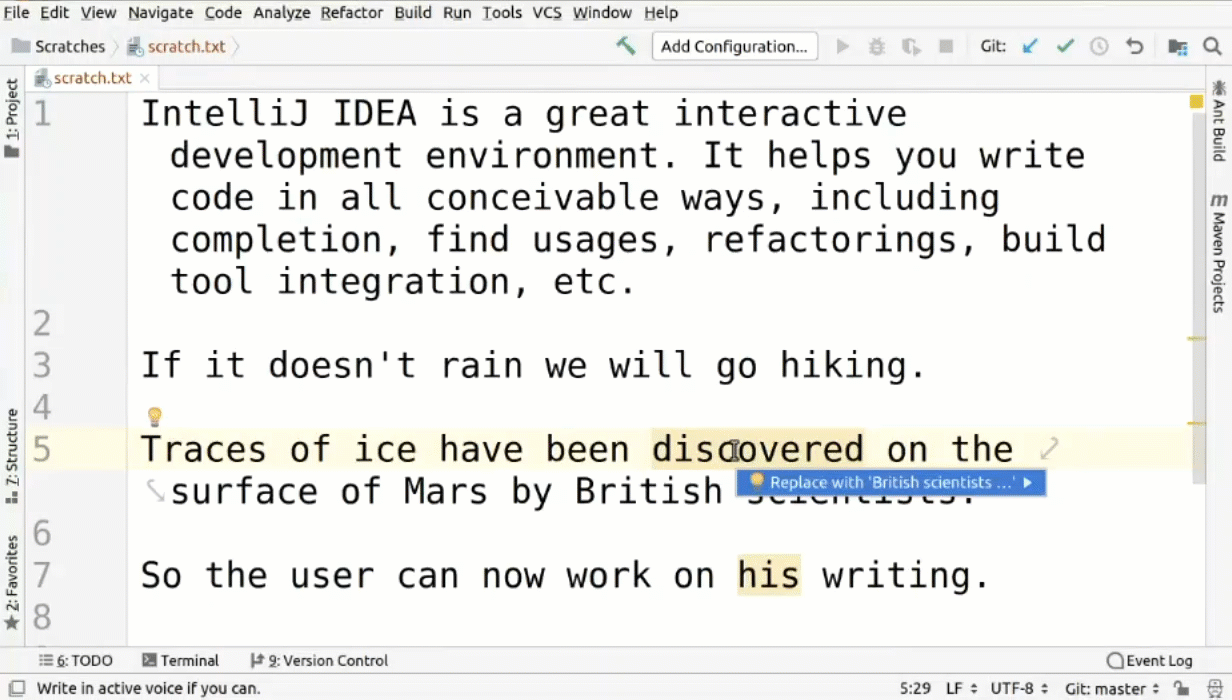
Actively used solution
Create React Kotlin App
Philip Ryabchun, Eugene of Denmark and Andrey Skladchikov
This application, created on the past hackathon, received a prize in the nomination "Actively Used Solution". It opened up Kotlin-code capabilities for working with React components. For a year now, front-end developers have taken advantage of Kotlin for their own needs.
Hackathon in numbers
- 48 hours to create a turnkey solution
- 5 minutes to the presentation
- 54 ideas
- 48 projects at the start
- 39 projects at the finish
- 125 participants
- 8 cities
- 7 participants not from JetBrains
- 4 people participated remotely
- 235 voters
- 5 people on average on a pedestal
- 3 average team members
- $ 19,000 prize pool
- 2 third places
- 1 first prize
Hackathon in pictures

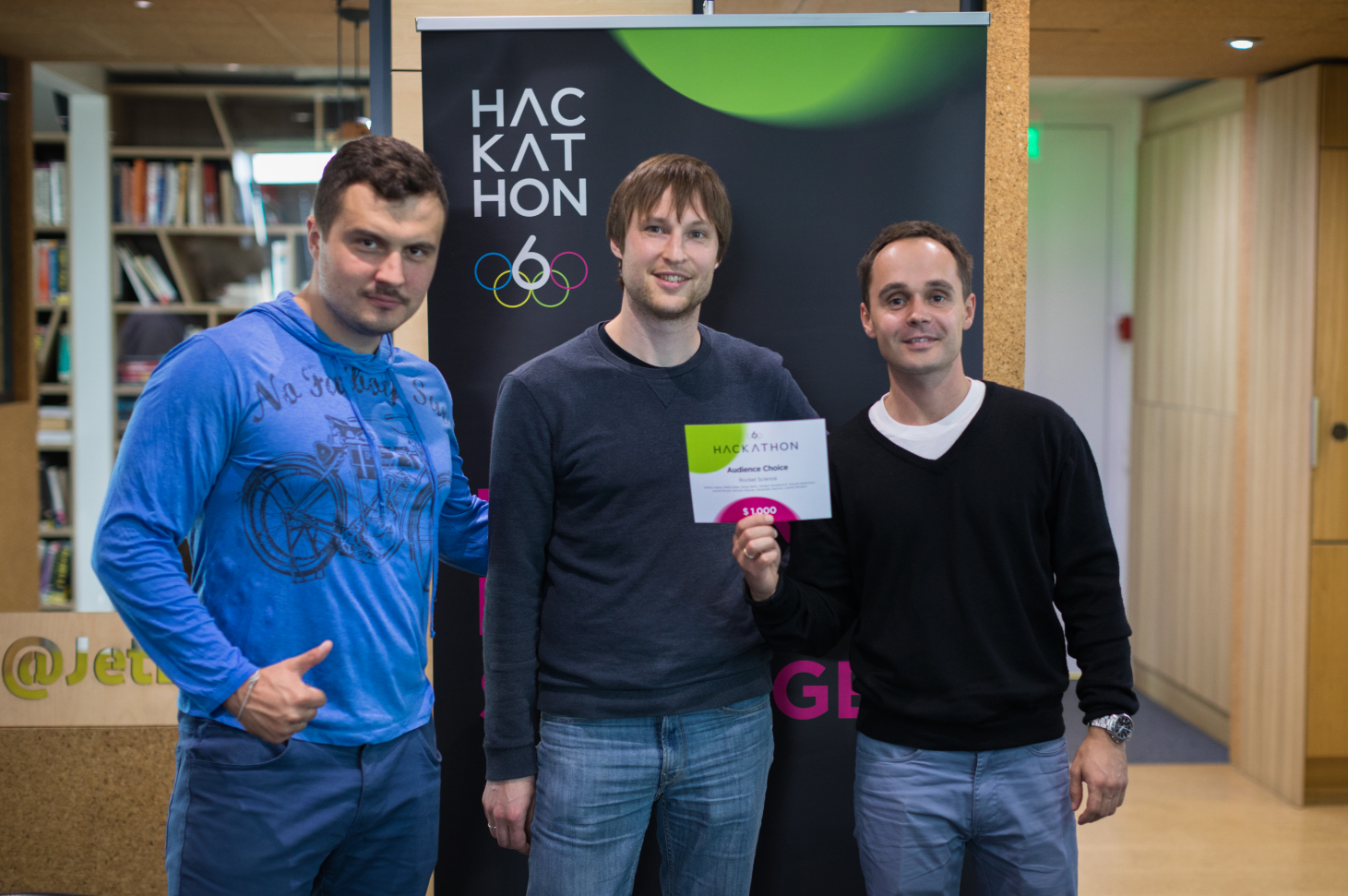
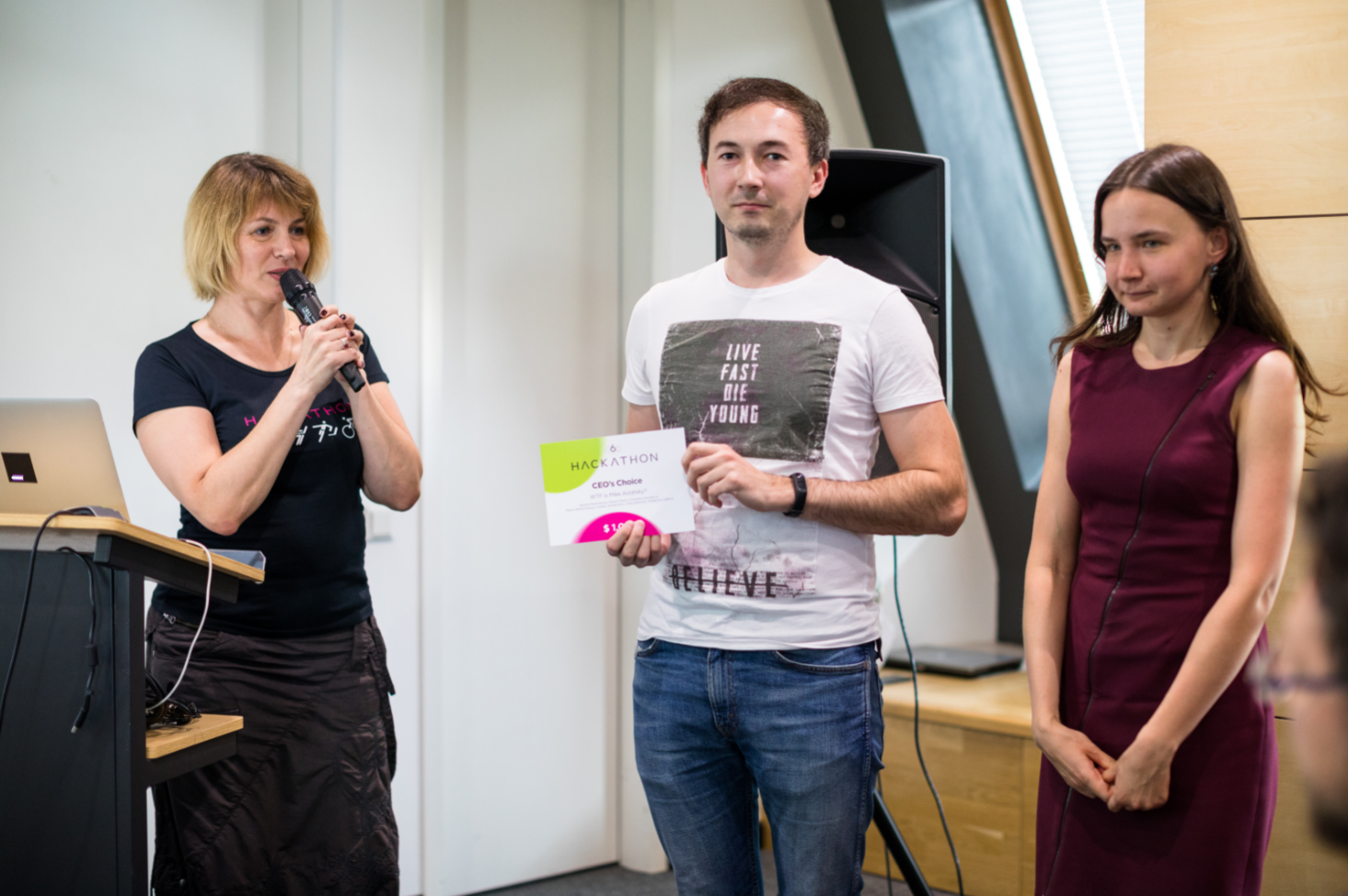
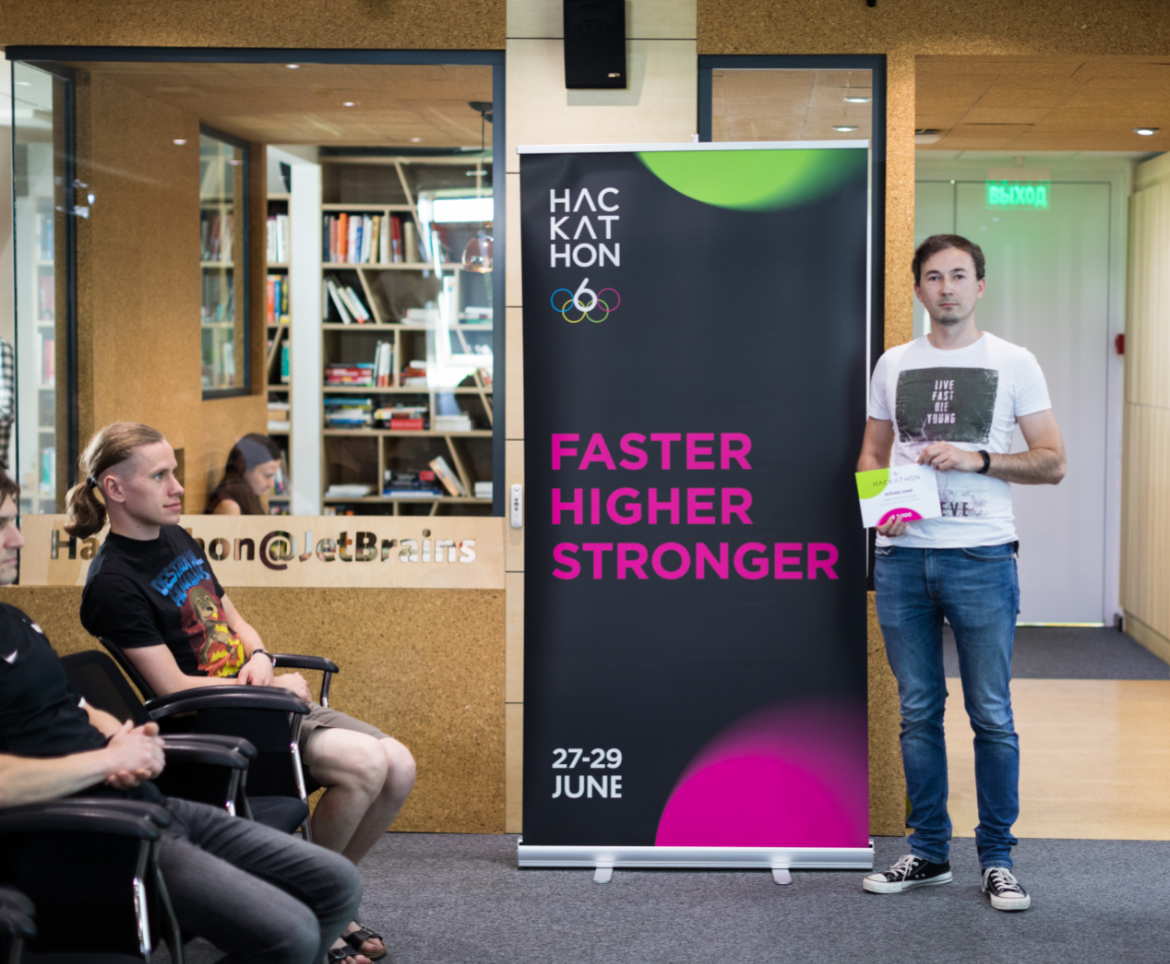
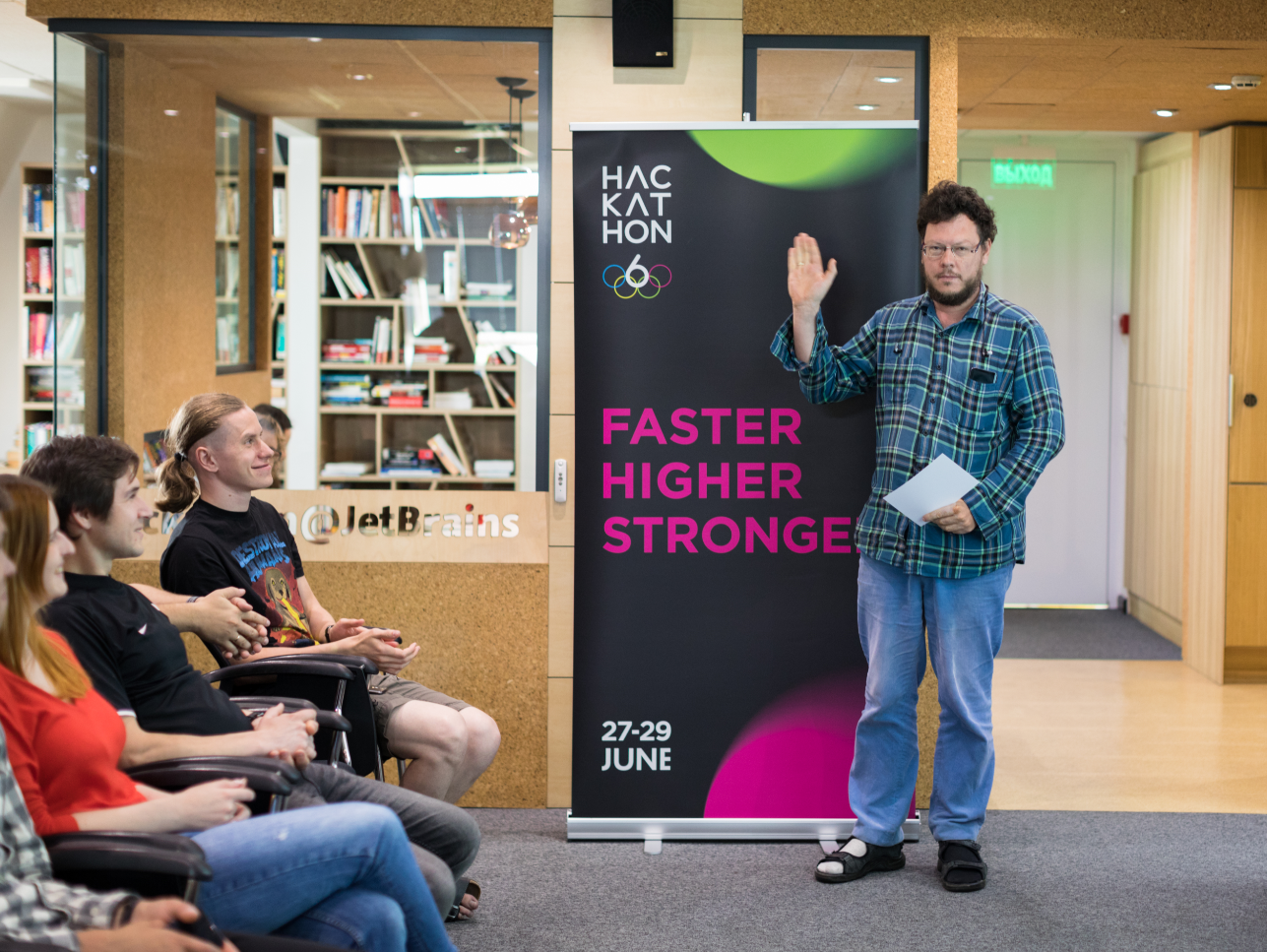


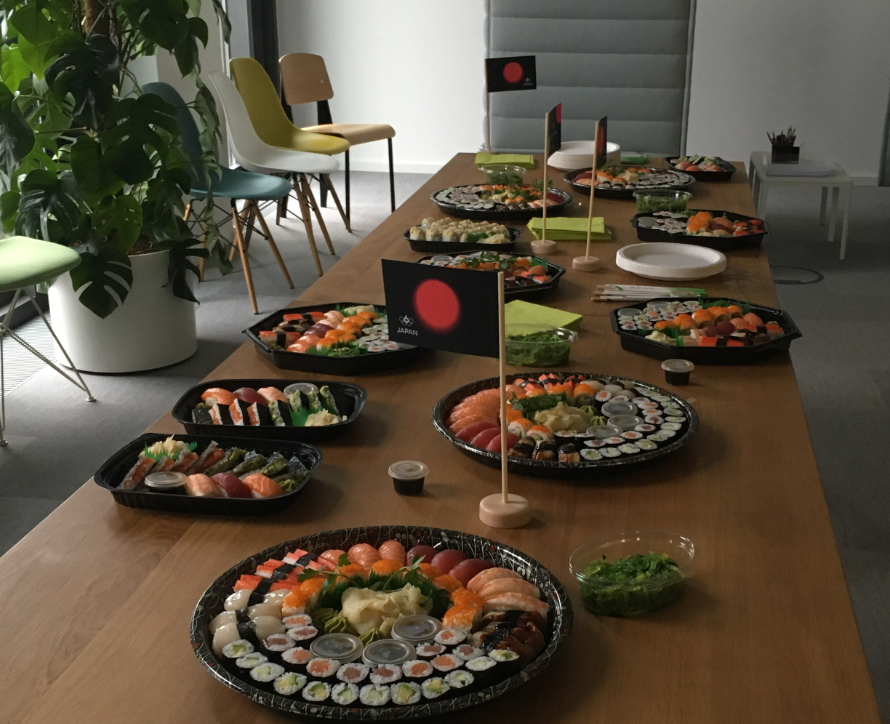
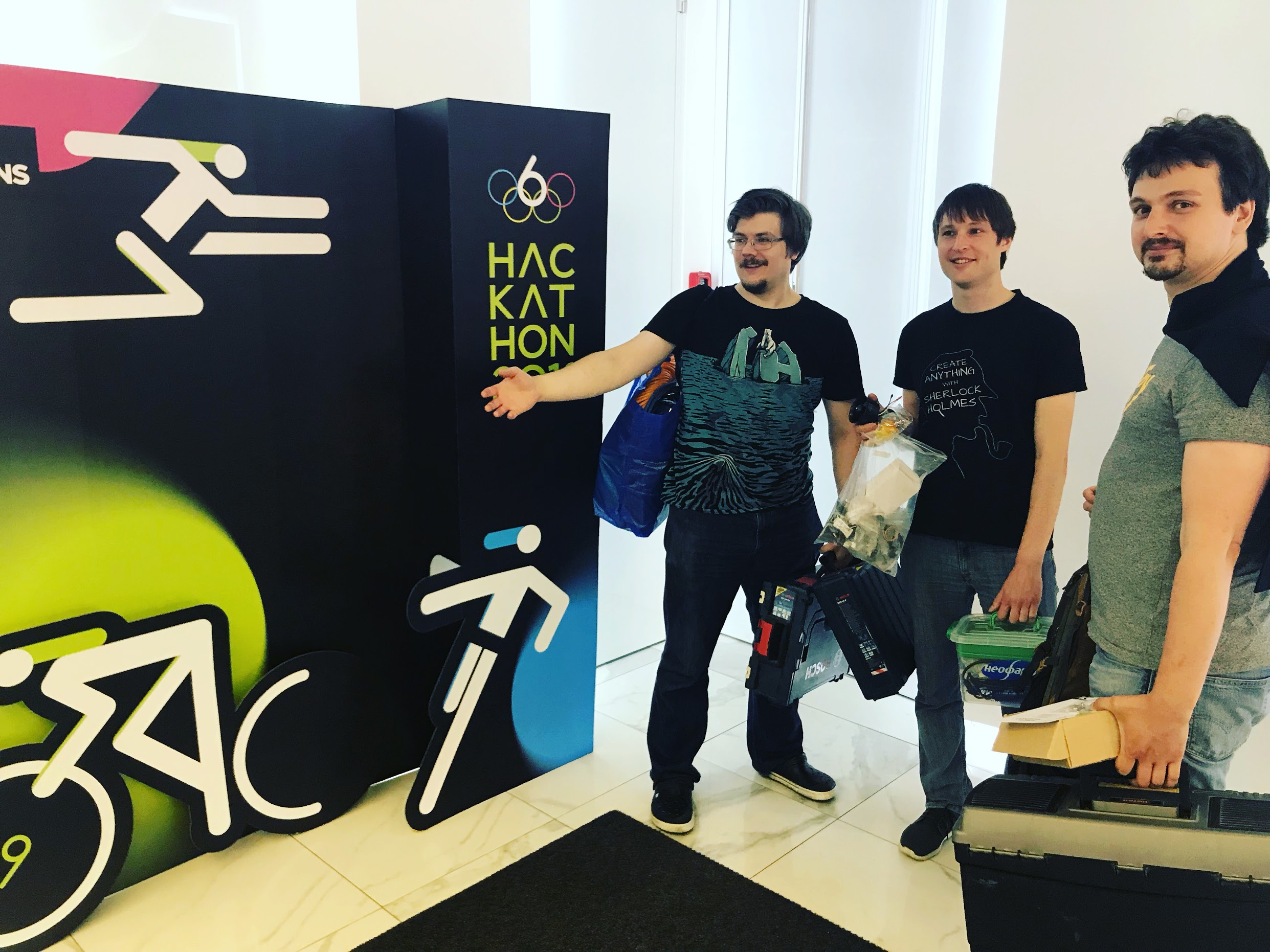
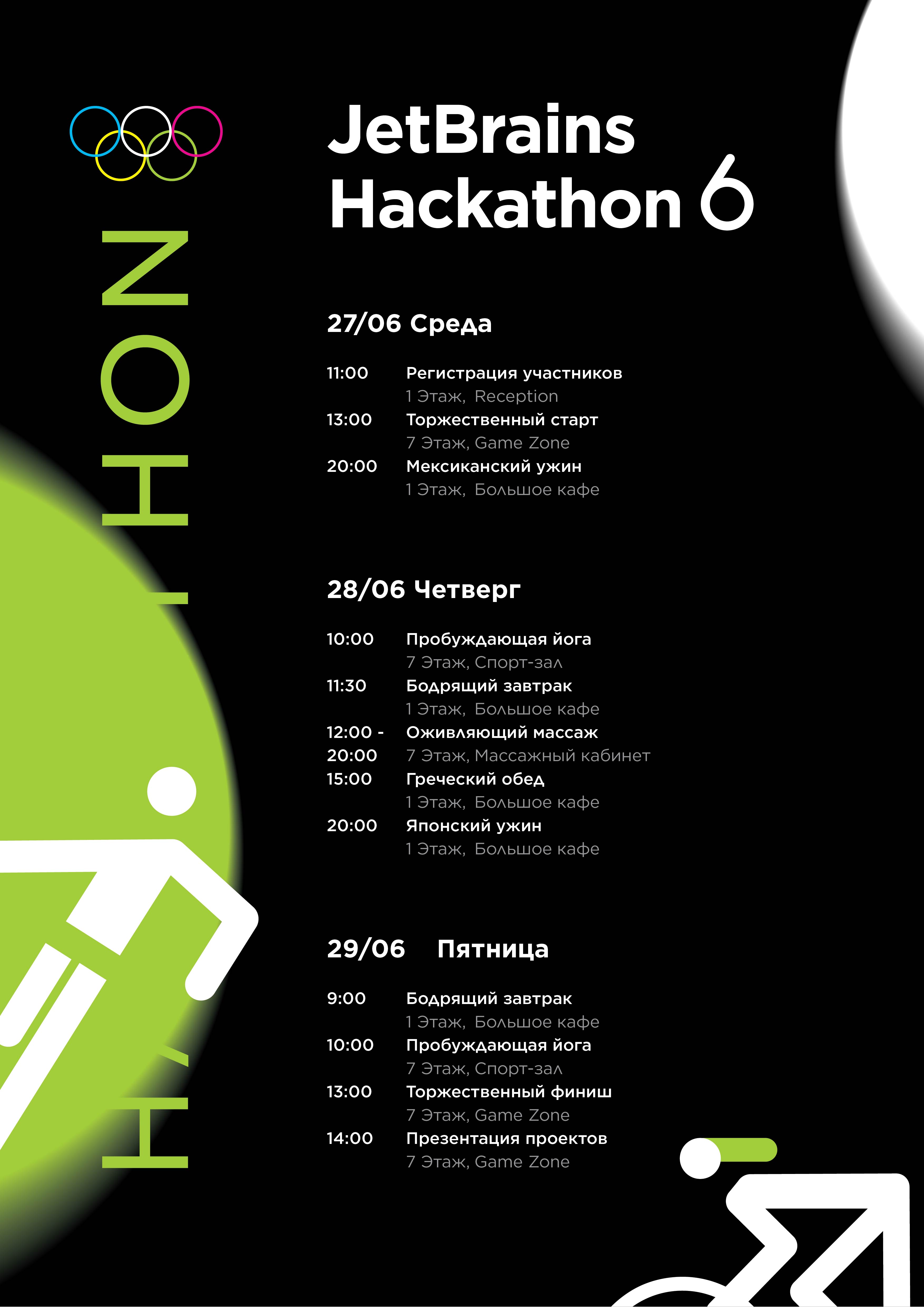
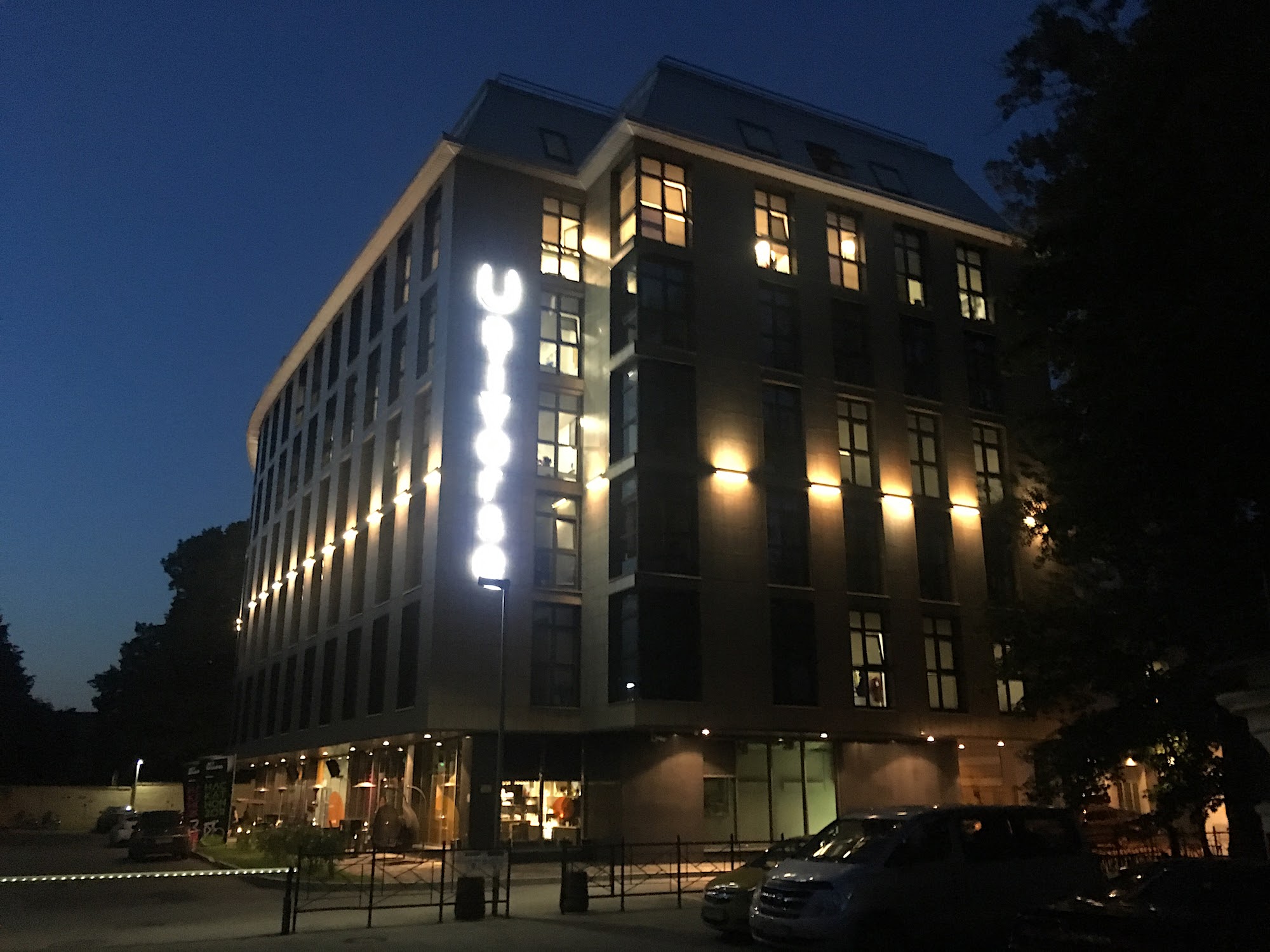
Your team JetBrains
The Drive to Develop
